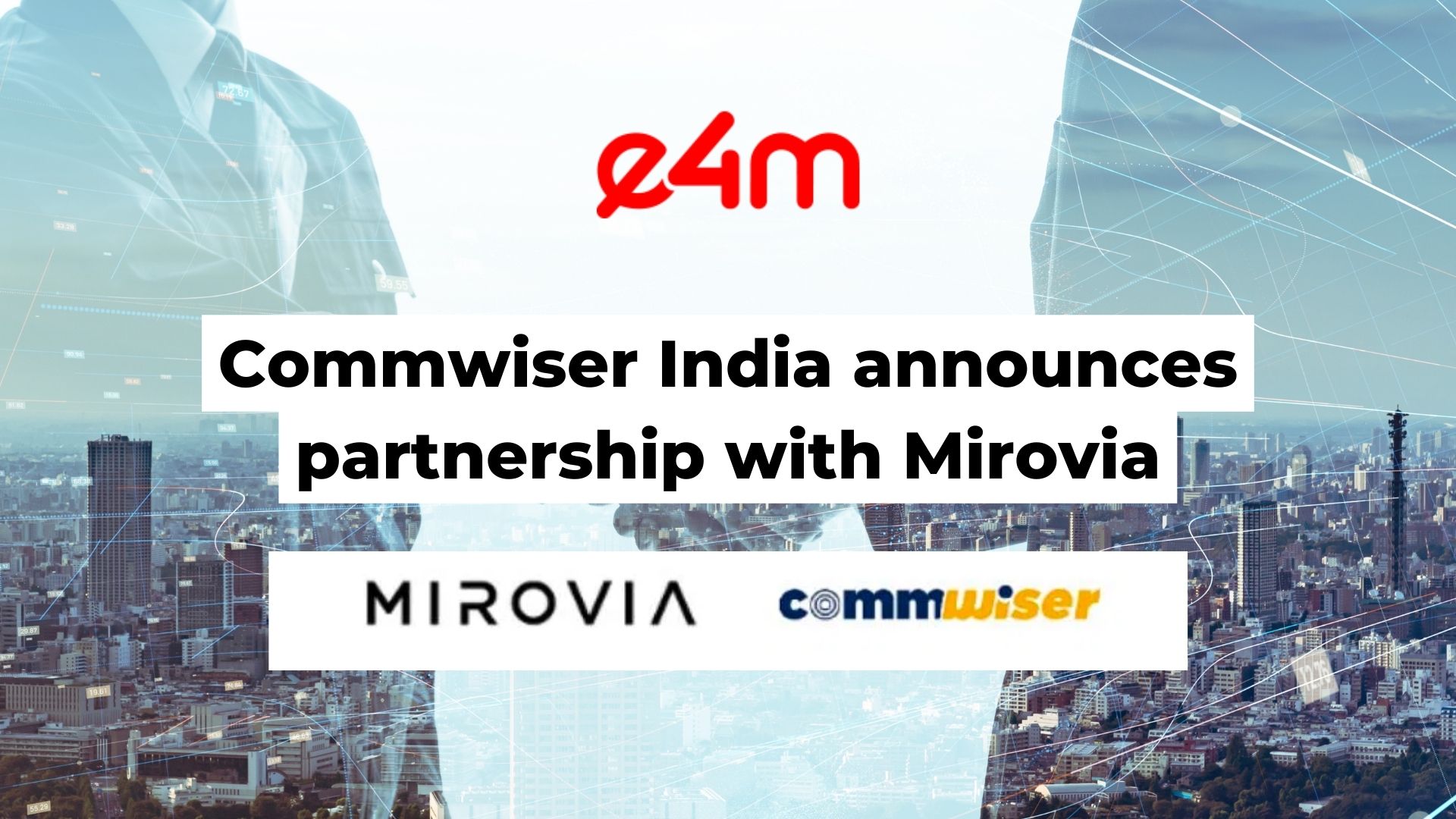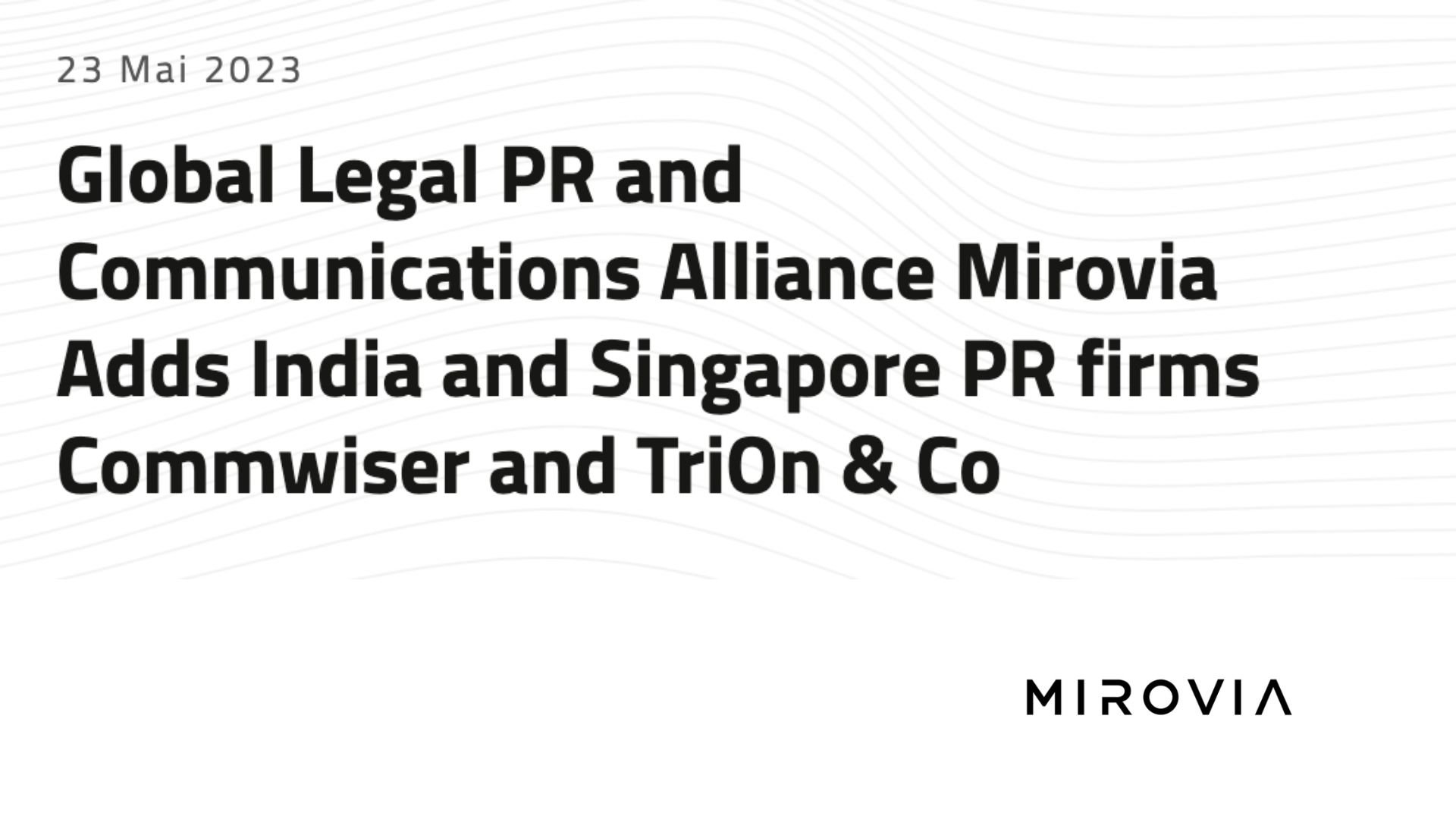Creating ‘Conversations’ – the next step of storytelling: Aman Abbas, Commwiser
: exchange4media
: 15-10-2019
Imagine you are being chauffeur driven in an Audi A6 at a price of a Maruti Alto? Won’t you talk about it among your family or friends? When Uber came to India, it did one of the most innovative marketing to create fantastic conversations. First, they offered all luxury cars at prices even the local taxi stand guy with most shoddy cars couldn’t offer. And then, the referral scheme that made people jump with joy. Almost everyone sent their referral codes to everyone they knew. And the awareness skyrocketed.
And then reality struck that we can consume what we can afford. The main factor of taking app-based cabs is convenience and competitive pricing.
But right at the beginning, brand awareness got created like wildfire which resulted in a tremendous amount of trials.
Consumers of PR would ask where is PR here? Well, the case above is a fantastic PR story. PR is just not restricted to what media writes about you but how it creates stories around you irrespective of the medium. It’s much more nuanced and works at a strategic level if understood correctly.
There is nothing like our age-old ‘word of mouth’ publicity. Just that those mouths have become fingers and conversations have moved on to social platforms. Very often, we see people discussing brands as in how good or bad they are; or how they are impacting affecting the society. Positive conversations among like-minded people is arguably one of the best reputation drivers and one of the most potent tools for the marketers if they are able to tap this well.
PR, as it is popularly called these days, is about ‘storytelling’. However, the story needs to create a response. When the response is in the form of a (positive) ‘conversation’, it leads to action. The action could be the creation of a positive impression in the minds of stakeholders or even sales in some cases.
And positive conversations could be for any brand or a cause.
Use selfie-camera
Very often, we look at our audience and create ‘key messages’ around each of the audience set. Now let’s take a ‘selfie camera’ approach and think about how our audience views us. While we think, for instance, a brand’s big, global stature would create awe among the audience, they may, on the contrary, get intimidated. If a brand has got big budgets for marketing, chances are that they would have gotten this through customer insights. So, the key messages may see ‘corrections’ based on these insights. In the case of smaller organisations, the approach is inside out, which at times makes campaigns go horribly wrong.
In the new ‘conversation’ age of PR, we will have to create desired conversations. And those desired conversations should be led by stakeholders among the homogenous group of stakeholders. That will help brands move the needle.
But remember, these conversations must be genuine conversations unlike many ‘customer stories’ or ‘case studies’ sponsored by big brands that look fake.
Businesses will need to work hard towards creating those genuine customer experiences that are making a real impact on customers’ lives. For a professional services firm, its transparency, client servicing and sincere advice are prerequisites. For a consumer brand, maintenance-free products and good pre and post-sales customer service is a necessity.
PR can play the role of enablers to elicit a positive response from different stakeholders or customer groups.
For one of our clients in the education sector, one of the issues were of teacher retention. The economics of the business did not allow them to give extra-ordinary salaries, which was one of the major drivers for the teachers to switch-over. So, we instead created a programme that made them feel valued. Based on positive feedback from the parents, we profiled teachers by capturing affinity showed by children and parents. And then these videos were circulated in the pan-India network, which created positive conversations among teachers as well as parents.
The conversational approach requires one to think beyond key messages and map out what is the desired conversation among a group of stakeholders that would inspire them to the desired action.
So, conversations leading to word of mouth that really influences.
Life comes to a full circle…hasn’t it?








![[The Viewpoint] Law Firm Practice Development – Proper Planning is Key To Growth](https://commwiser.com/wp-content/uploads/2023/03/5-Reasons-Why-9.jpg)
![[The Viewpoint] How can Lawyers leverage ChatGPT for their practice?](https://commwiser.com/wp-content/uploads/2023/03/5-Reasons-Why-8.jpg)








